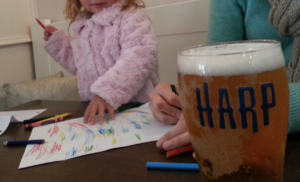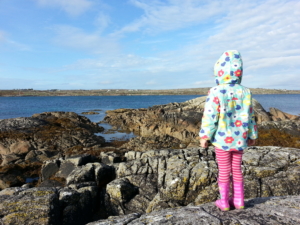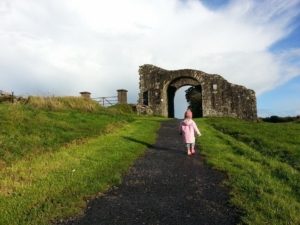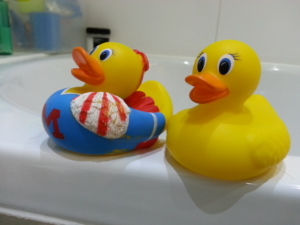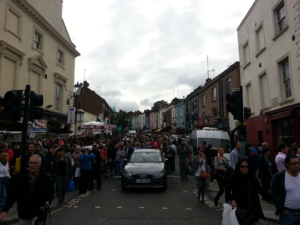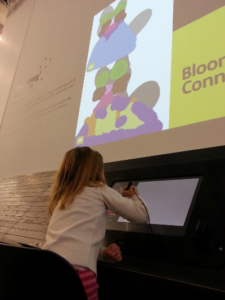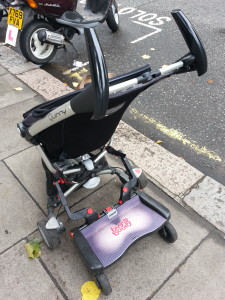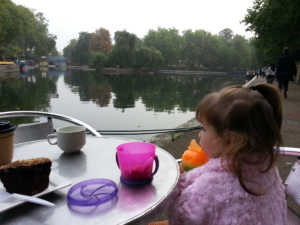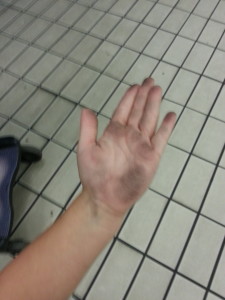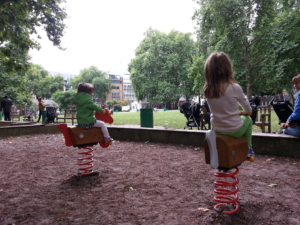The Secret to Pub Crawls With Kids
Confession: My wife and I spent nine full days in Ireland, and despite the fact that two members of our party are under the age of five, the grownups managed to sample an abundance of local beer every day.
Irresponsible? Perhaps. Gluttonous? Sure. Most of all, though, I like to describe our feat as GENIUS.
The secret to our accomplishment: the pub lunch. You see, most pubs in Ireland (and England, for that matter), start serving food around noon. Since very few locals swing by this early, a lunch visit just past 12 means you’ve got a) the place to yourself, and b) prompt service, since there’s no backlog of orders. Of course in Ireland, it also means Guinness. And Harp. And cider (for my bride). And whiskey.
Powerwoman and I applied this strategy every single day of our visit. Because the girls get up at 6:30 a.m., it was easy to build our days around a noon or 12:30 p.m. lunch. And because they both love fish and chips (which is a staple of most pub menus here in the U.K.), the kids were totally on board.
To put it differently, the question was never, Are we going to eat at a pub today? Instead, it was, At which of the pubs in [insert town here] are we going to eat?
For us, this was an effort to sample local culture by osmosis, a specific approach to work in booze and bar time to an otherwise G-rated affair. (FWIW, our favorite of the bunch was O’Dowd’s, a tiny bar in a Connemara fishing village named Roundstone. Coincidentally, this bar also starred in the 1997 Janeane Garofalo flick, The Matchmaker.)
For the girls, the meals themselves were similar enough to our usual meals while out and about. (Translation: They basically survived on chips and mushy peas). They drew with paper and colored pencils until their food came. When they were done—so long as they stayed at the table—they could resume drawing or make up a new game. If they behaved, they could score a few M&M’s from the secret stash in my bag.
The only downside to this strategy: We missed live music sessions, which normally take place after dark. The only difference from the usual approach to dining out on the road? Incessant toasting; every time Powerwoman and I ordered another round, we insisted the girls clink glasses with us.
While we didn’t make a habit of drinking more than one or two rounds, there were a few visits—especially when we were cabbing around Dublin—where we ended up clinking multiple times.
Thankfully the girls didn’t mind; after all, family travel is a vacation for Mom and Dad, too.
To what extent do you frequent local bars when you’re traveling with the kids?


